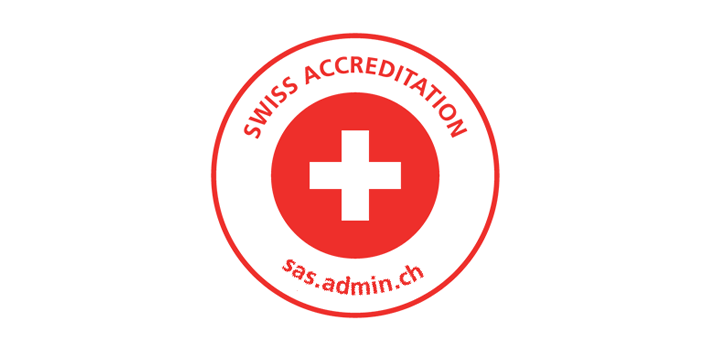New guidelines for virtual reality in learning just published.
Innovative technologies, such as virtual reality (VR), can transform learning by simulating what real-world experiences like field trips can offer. The COVID-19 pandemic has changed how many millions of people worldwide are being educated. Online learning has become the norm.
Yet VR also raises questions about health and safety, such as physical discomfort, eyesight problems, photosensitivity, etc. ISO has just published guidelines aimed at resolving these issues in the education setting and helping to ensure such technologies work effectively, safely, and to their full potential.
ISO/IEC TR 23842-1, Information technology for learning, education and training – Human factor guidelines for virtual reality content – Part 1: Considerations when using VR content, details what users should take into account when consuming VR content in the learning, education and training sector. It helps to reduce any confusion between real and virtual and assists learners in using the technology effectively.
ISO/IEC TR 23842-2, Information technology for learning, education, and training – Human factor guidelines for virtual reality content – Part 2: Considerations when making VR content will help content makers by outlining considerations related to health and learning when developing their product.
Jaeuk Eu, Project Leader of the group of experts that developed these technical reports, said that considering the speed of development of VR, we could expect it to be a valuable and widely used tool in the learning sector. It is essential, therefore, that health aspects are taken into account.
“Failure to distinguish between virtual and real, for example, can lead to social problems such as reset syndrome, where users confuse the two,” he said.
“As we expect VR to be used more and more in schools, it is essential that safety guidelines are followed. ISO/IEC TR 23842 serves to do just that, incorporating the human factors that users and developers must consider to ensure that it is safe to use.”
ISO/IEC TR 23842, Parts 1 and 2, were developed by ISO/IEC JTC 1/SC 36, Information technology for learning, education and training, a joint technical subcommittee of ISO and the International Electrotechnical Commission (IEC). Its secretariat is held by KATS, ISO’s member for Korea.
The technical reports can be purchased from your national ISO member or the ISO Store. or reach out to CCQM Switzerland for the purchasing arrangements.













